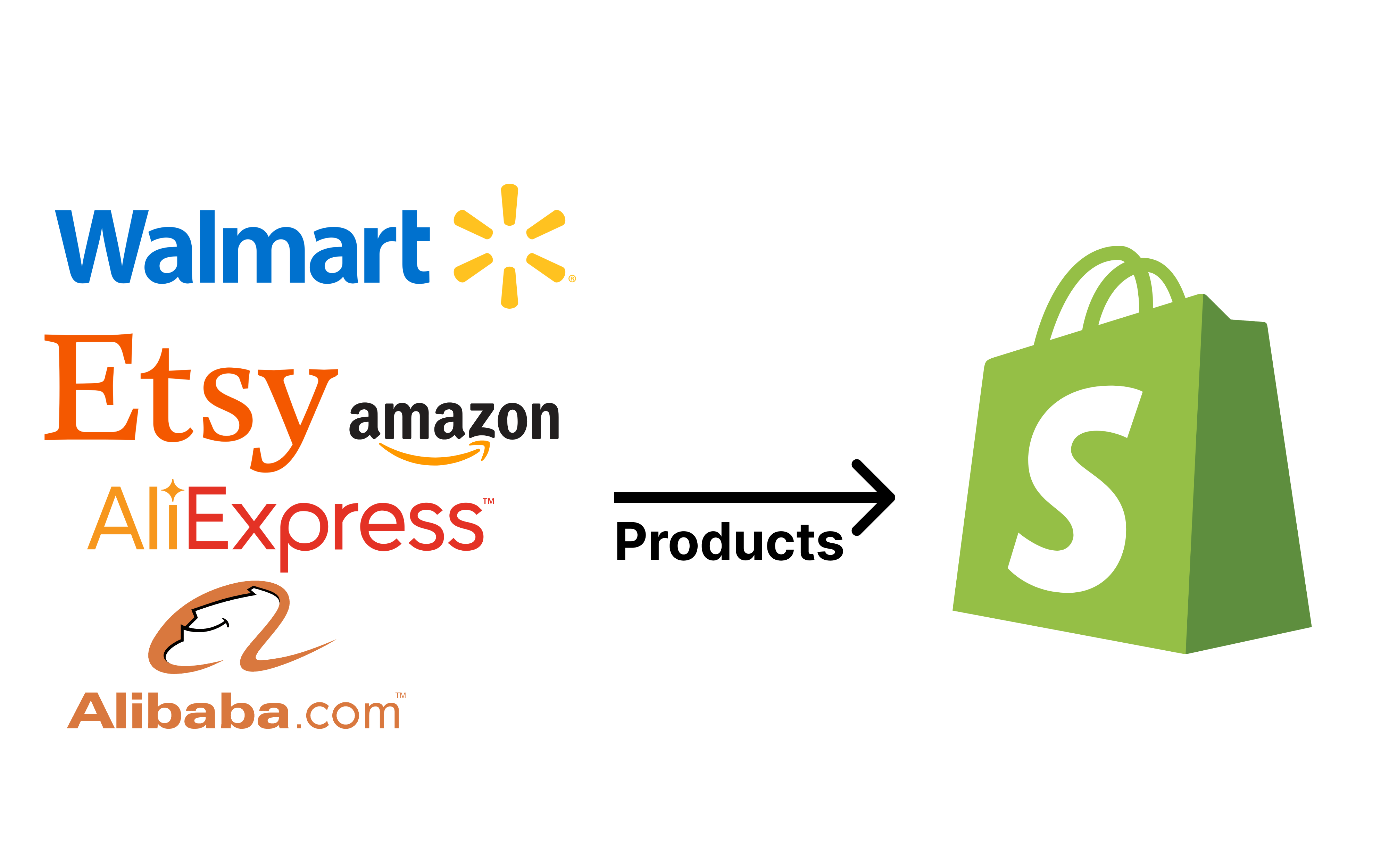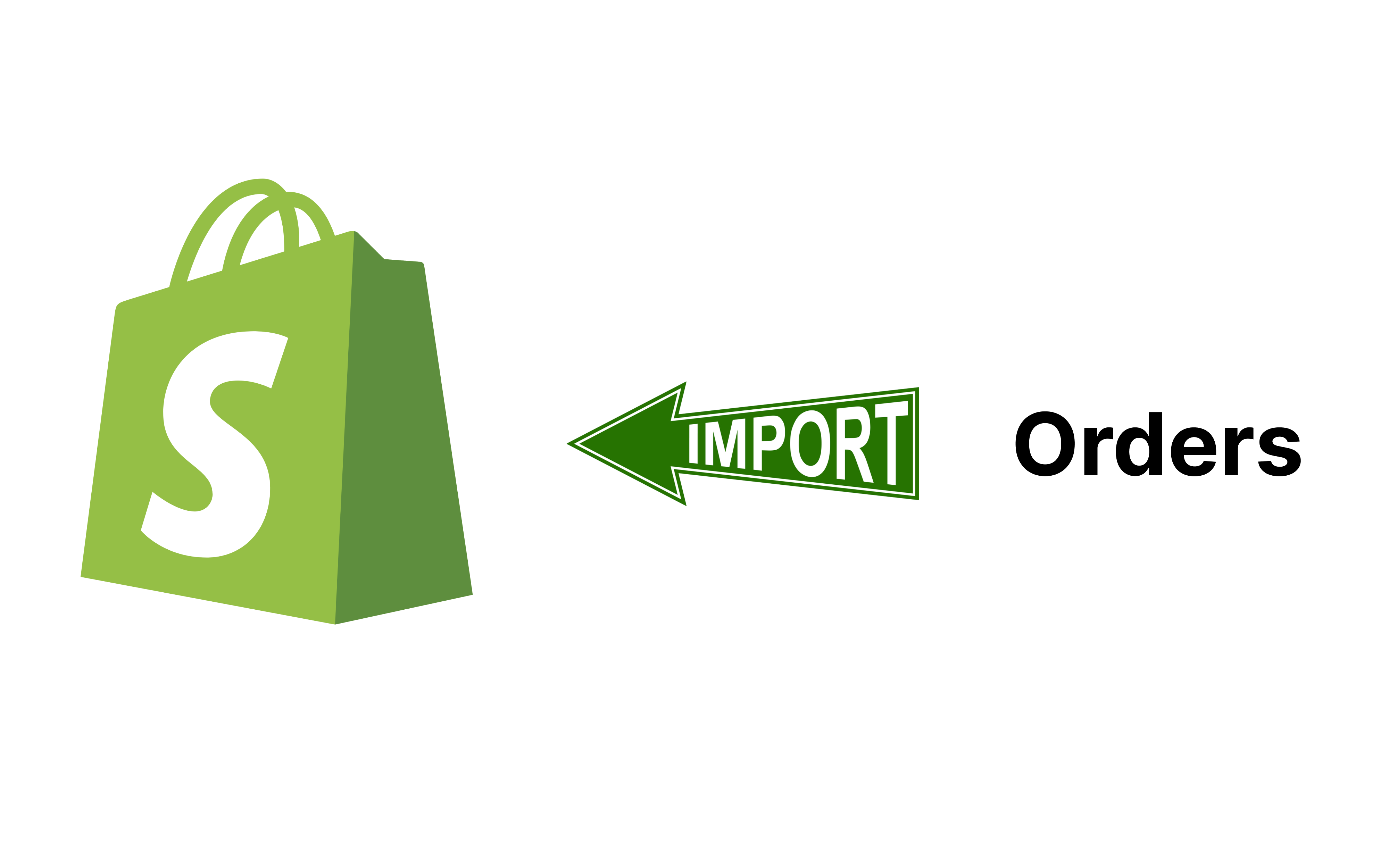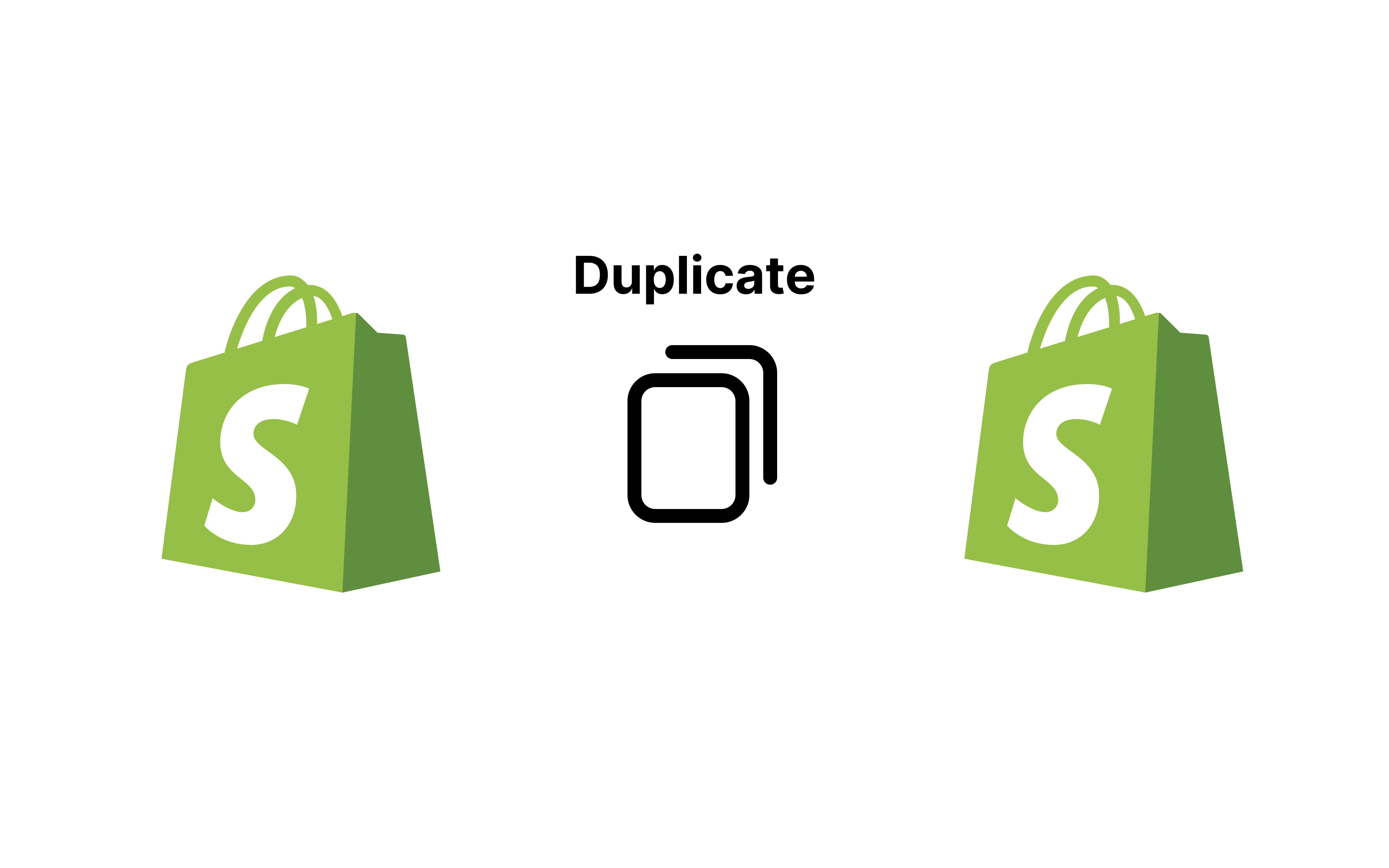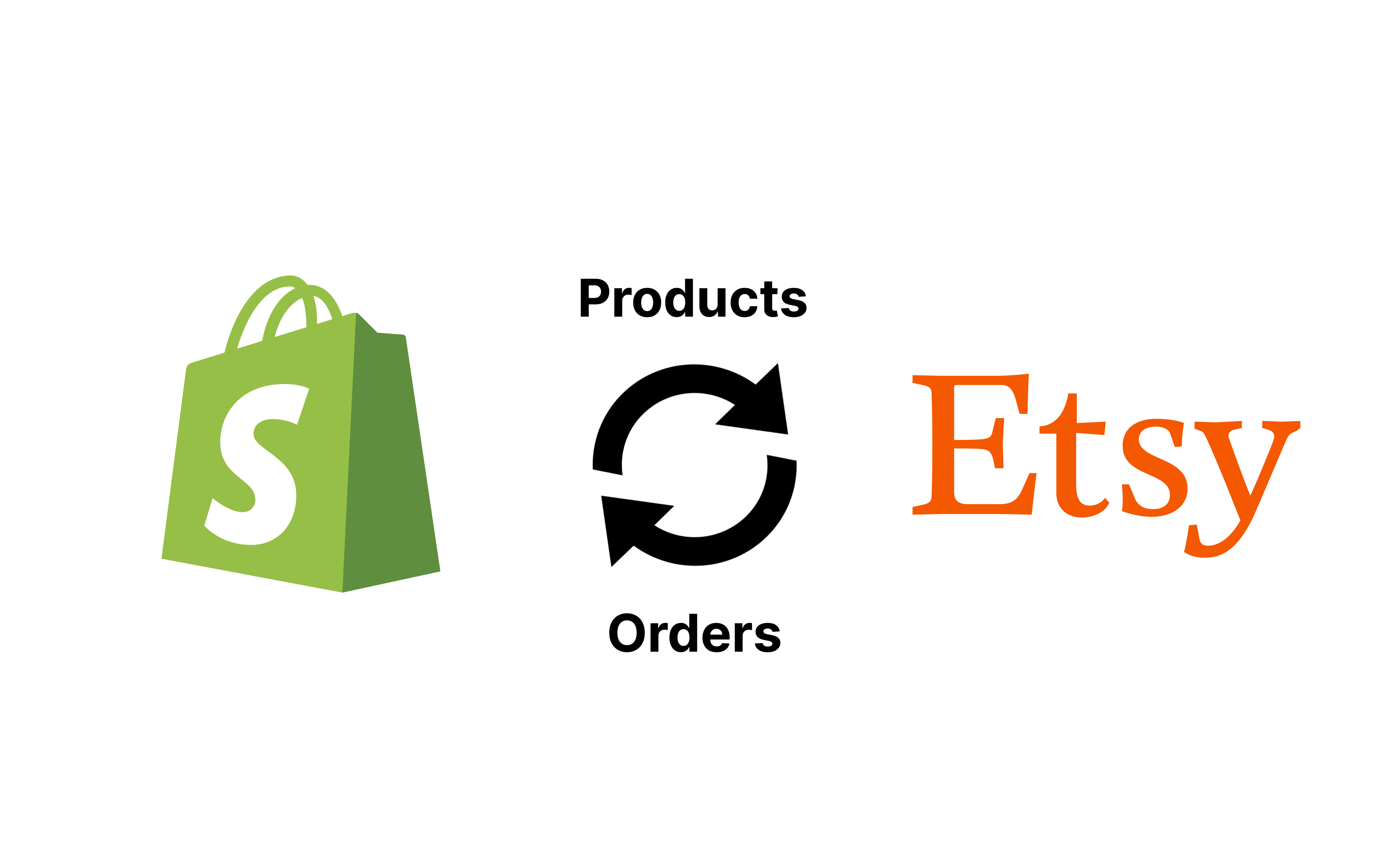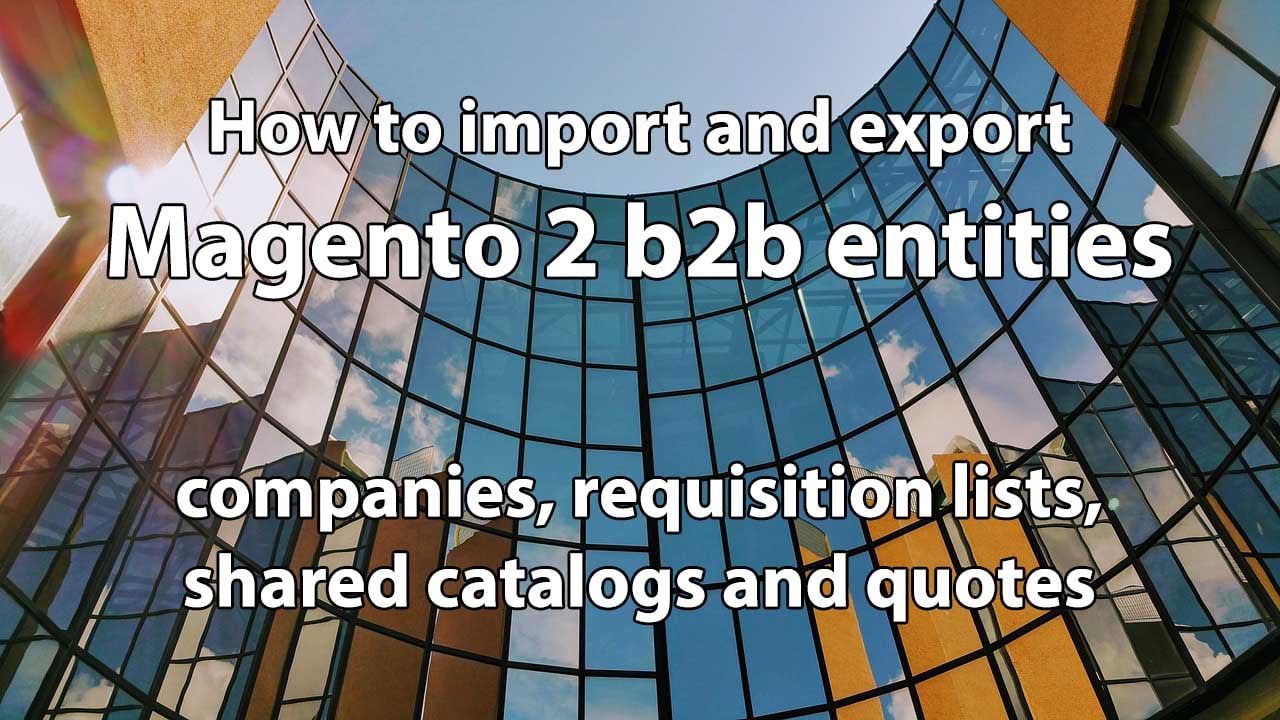
Today, we are going to introduce you to Magento B2B focussing on its import and export aspects. Adobe Commerce and its previous iterations, Magento 2 Commerce and Cloud, are equipped with a Magento B2B extension, which introduces companies, shared catalogs, and other features to Magento 2. If you run a B2B store, you are probably aware of that. If not, we will describe the Magento 2 B2B features below.
While the Magento 2 B2B extension is available by default, it is impossible to transfer the corresponding entities if you use the platform’s default instruments. When it comes to migration or import and export processes, Magento 2 offers quite limited options regarding the data you can get in and out. However, Firebear Studio provides the Improved Import and Export extension that lets you import and export every Magento 2 B2B entity, integrating your Magento 2 store with CRMs, ERPs, and other systems.
So, the plan for today looks as follows. Firstly, we are going to introduce you to Magento B2B: you will learn the core Magento 2 B2B entities and their unique peculiarities. Next, we tell a few words about the Improved Import & Export extension and its B2B add-on. The latter introduces the ability to transfer B2B data between Magento 2 and external systems. Next, you will find out how to work with the following Magento 2 B2B entities: companies, quotes, requisition lists, and shared catalogs. We describe how to import Magento 2 B2B company roles, shared catalogs, requisition lists, quotes/negotiable quotes, etc. There is also a chapter that sheds light on how to export Magento 2 B2B entities. However, it is relatively small because the B2B import processes are complex and require more in-depth preparations than the corresponding export processes.
Continue Reading
